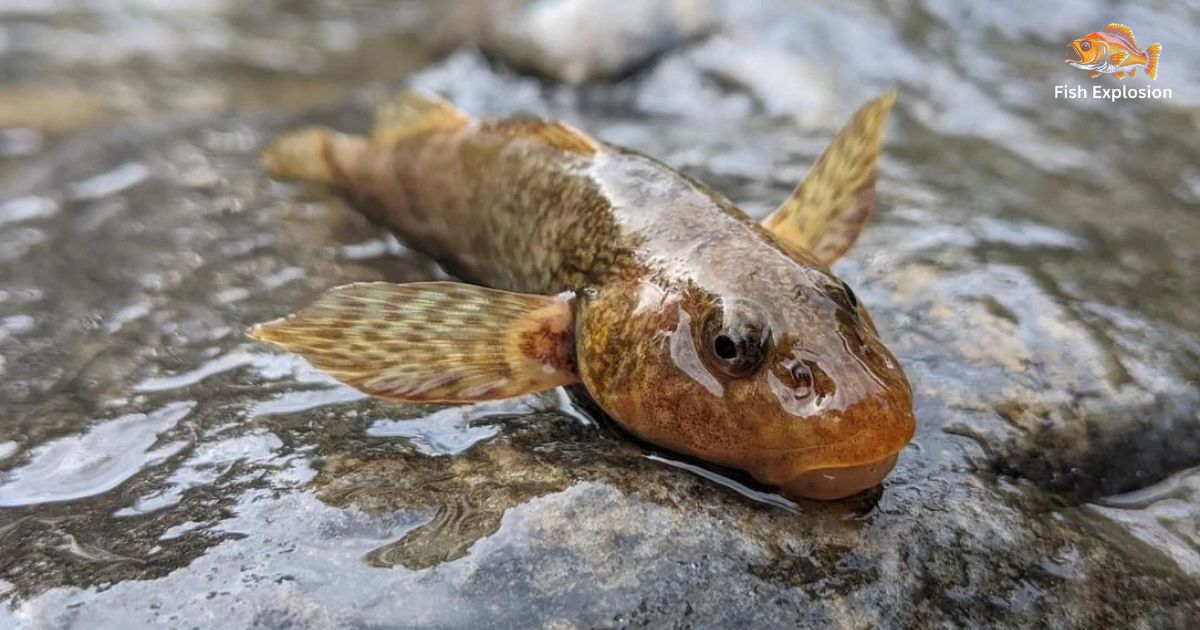The peculiar distinction of being one of the world’s rarest fish has long been held by the Coelacanth.
In 1938, the first live Coelacanth was found and identified off the coast of South Africa, astonishing the world because this ancient species had been believed by researchers to have gone extinct around 66 million years ago. Considered a “living fossil”, the Coelacanth is possessed with multiple characteristics setting it apart from other modern fish and connecting it more to its prehistoric counterparts from the late Devonian period almost 400 million years ago.
The total Coelacanth population is now estimated to be numbered only around 100,000 swimming wild in the deep waters off the coasts of Indonesia, Kenya, Tanzania, and the Comoros Islands, where this unique and endangered fish continues being worked to be understood by scientists.
Criteria for Rarity
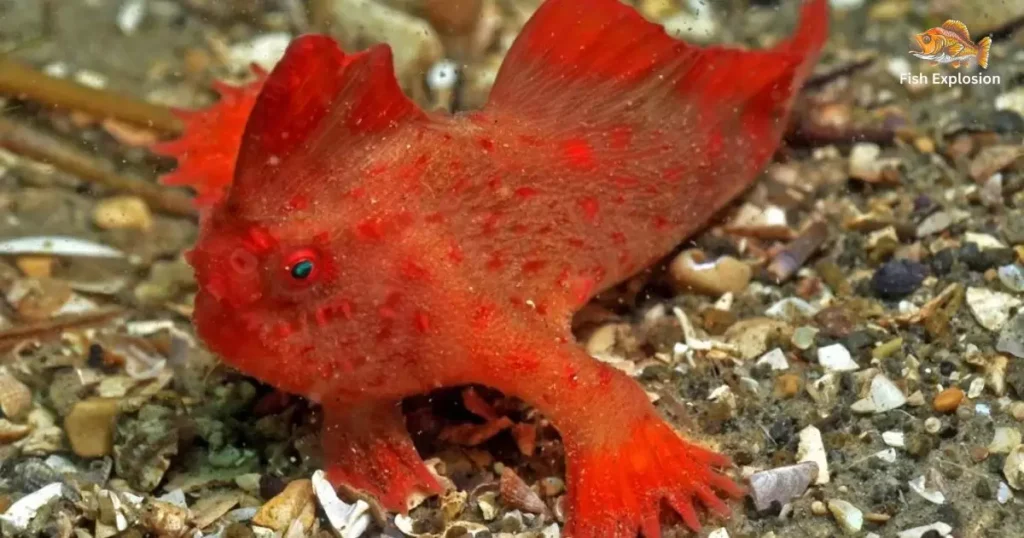
Several criteria contribute to an organism’s rarity. A key factor is the geographic range occupied. Species with an exceedingly limited range covering only a small region or habitat patches are more susceptible to extinction risks from threats or random catastrophes. Another criterion influencing rarity is population numbers. Species whose global populations number only in the low thousands or tens of thousands are considered rare due to their vulnerability.
Specialized habitat requirements also play a role in rarity. When an organism can only survive within a very specific habitat type or narrow set of environmental conditions, this activity limits its distribution and abundance. Together, these criteria including a limited geographic range, extremely low population numbers, and specialized habitat requirements characterize most rare species around the world.
Read More: “Cooking Salmon Temperature Guide”
Threats to Rare Fish Species
Many rare fish species face serious threats to their survival in the wild. Habitat loss and degradation actively destroy the specialized ecosystems that these fish rely on. As human development continues to alter landscapes and pollute waters, rare fish find themselves with less habitat that meets their needs. Invasive species also pose a major threat as they actively outcompete native fish for resources and spread diseases. Non-native predators like largemouth bass actively prey on endangered fish.
Pollution from agricultural, industrial, and urban runoff directly harms water quality. Toxins actively accumulate in the tissues of rare fish species. If these threats are not addressed, they will actively drive more rare fish to extinction. Conservation measures must work to protect habitats, control invasive threats, and reduce pollution inputs to allow fragile populations to persist.
Climate Change
Rising global temperatures actively warm delicate aquatic ecosystems. Climate change also leads to more severe storms and fires that actively destroy habitats. Altered rainfall patterns actively cause fluctuations in water levels, impacting rare fish.
Overfishing
Some rare fish species face overfishing pressure as their small populations are directly targeted. Bycatch in commercial fisheries actively catches non-target species as well. Overfishing directly removes breeding adults from already small populations putting further survival at risk.
1. Devil’s Hole Pupfish
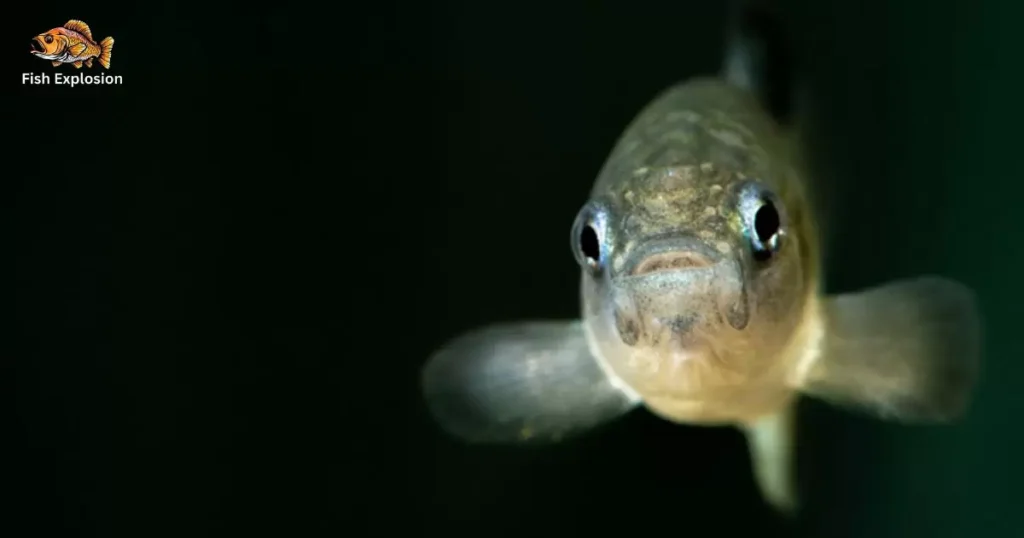
Found only in a single water-filled limestone pool, the Devil’s Hole Pupfish actively faces an extremely high extinction risk. The entire global population consists of less than 200 individuals occupying a scant 1,000 square feet of space.
Scientists actively work to prevent groundwater pumping from dewatering its only habitat. Strict protections are actively enforced to prevent the species’ extinction from this single catastrophic event.
2. The Sakhalin Sturgeon
Once abundant in Russian rivers, the Sakhalin Sturgeon is now actively pushed to the brink of extinction due largely to overfishing and habitat destruction. Adults can reach sizes over 1 ton, but few remain as they were historically targeted for their highly valuable caviar. Conservation hatcheries now actively rear juveniles for reintroduction in hopes of aiding wild populations before it is too late.
3. The Red Handfish
Living stuck to the ocean bottom along the coasts of Tasmania, the Red Handfish actively uses its pectoral fins like hands to crawl among the rocks. Its specialized habitat and sluggish movements make it actively vulnerable to bottom trawling. Researchers actively work to better understand and protect this bizarre fish from further population declines. Stricter fishing regulations and protection of seafloor habitats will be necessary for the species’ survival.
4. The Adriatic Sturgeon
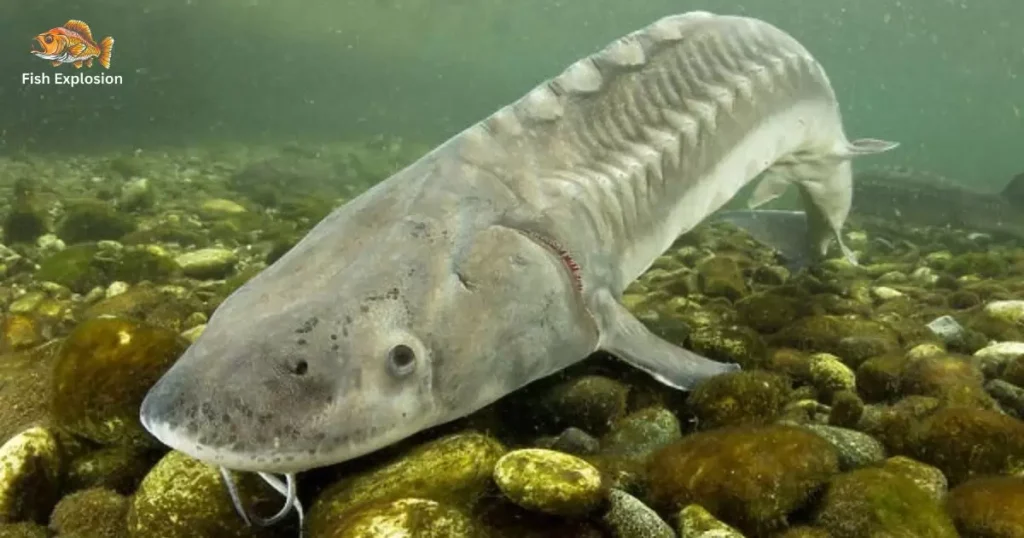
Once thriving throughout the Adriatic basin, overfishing and habitat destruction have actively reduced the Adriatic sturgeon to dangerously low numbers. Scavengers of river bottoms, actively feed by sifting through sediments.
Poachers target the species for its meat and caviar, actively exacerbating its decline. Conservationists now actively work to curb poaching while reintroducing farm-raised sturgeon to repopulate historic waters.
5. The Tequila Splitfin
Living only around hot springs inhabiting Tequila Volcano in Western Mexico, the Tequila Splitfin faces an extremely small geographic range. Its population has been actively impacted by groundwater pumping and habitat pollution.
Researchers actively monitor the few populations and work with locals to protect the vulnerable thermal waters. Their survival depends on maintaining the clean springs they require.
6. The Giant Sea Bass
Once overfished down to dangerously low levels along the North American coast, Giant Sea Bass actively prey on lobsters, crabs, and small sharks. Sport fishermen actively pursue the giant fish, though they are now strictly catch-and-release only. Public aquariums actively breed the fish and release young to help bolster dwindling numbers. Improved ecosystem protections aid the species’ recovery.
7. The Kissing Loach
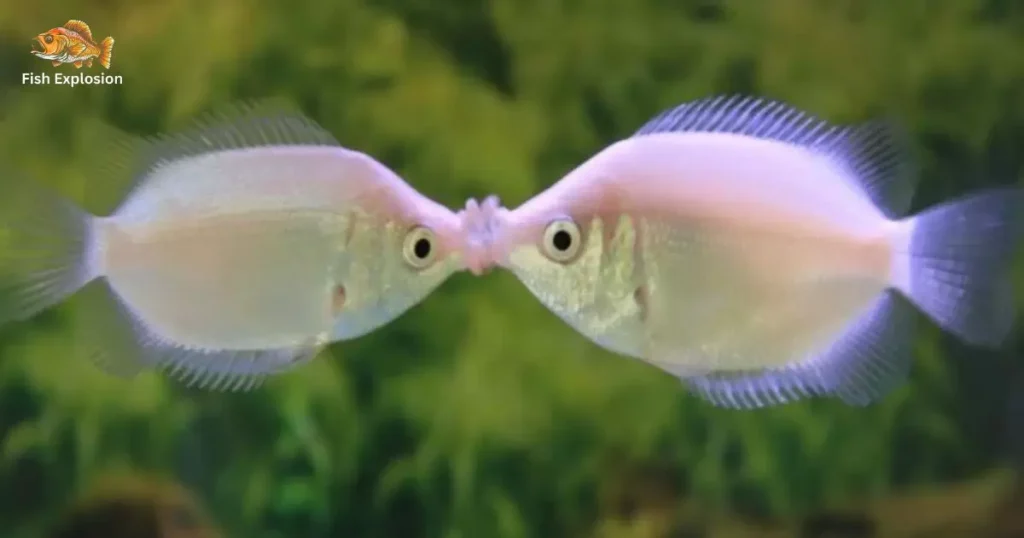
Found only in a specific region of the Mekong River in Southeast Asia, the enigmatic Kissing Loach actively uses its strange protruding lips and suction cups to cling to surfaces. Water pollution and habitat destruction continue to actively degrade its range. Scientists race to understand more about this bizarre loach before it risks losing the unique traits garnered over millennia of secluded evolution in its limited domain.
8. Smalltooth Sawfishsmalltooth
Once found throughout the world’s tropical waters, the smalltooth sawfish now actively faces extinction due to overfishing and habitat loss. Its saw-like snout actively detects prey but also leads to entanglement in fishing nets. Conservationists actively campaign to raise awareness and protect key nursery habitats. Researchers actively track remaining populations and advise improved fishing practices.
9. European Sea Sturgeon
Migrating between European rivers and the seas, overfishing extensively reduced the European Sea Sturgeon population, which actively provided an important commercial fishery for over a century. Dams now block their migration routes and disrupt breeding. Conservation efforts actively rehabilitate rivers, support captive breeding, and protect the remaining wild fish.
10. Anglerfish
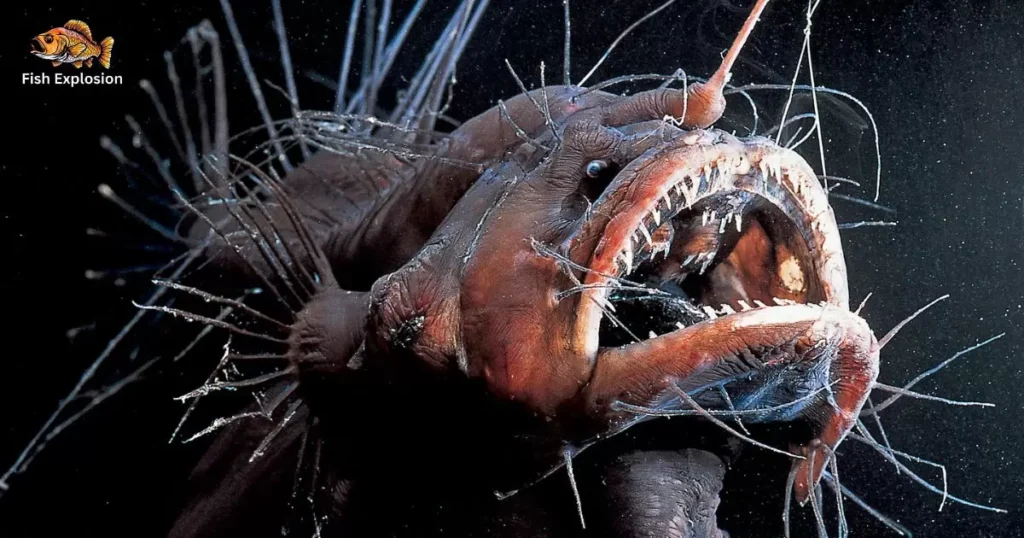
These deep-sea dwellers actively lure prey using bioluminescent lures and sharp teeth. Unique sexual parasitism involves the smaller male actively fusing with and absorbing into the female’s body. Little is known about populations due to their remote habits. Scientists actively study museum specimens to better understand the threats and conservation needs of these bizarre fish.
11. Stargazer Fish
Warily gazing from intertidal shorelines and estuaries along the eastern Americas, stargazerfish actively ambush prey from under the sand, using vision bars above their eyes. Beach development, water pollution, and trampling actively degrade their surf habitat. Research works to assess population status while raising public awareness of these unique and vulnerable residents.
FAQ’s
Which is the world’s rarest fish?
The Coelacanth is considered the world’s rarest fish.
What is the rarest wild fish?
The Devil’s Hole pupfish is regarded as the rarest wild fish.
How deep is the Devil’s Hole?
The Devil’s Hole, home to the Devil’s Hole pupfish, is approximately 65 feet deep.
How big are Devil’s Hole pupfish?
Adult Devils Hole pupfish typically grow to less than 1.5 inches in length.
Conclusion
Rare fish species face significant threats to their survival due to a variety of interacting factors. Their rarity stems from narrow habitat needs, tiny population sizes, and limited ranges that make these species highly vulnerable to extinction. As human activities continue altering habitats at an unsustainable pace through pollution, development, and resource extraction, the last strongholds for many rare fish vanish.
Additional pressures from invasive species, a changing climate, and incidental or intentional overfishing further endanger populations already on the brink. Without targeted conservation efforts, we risk losing more of the biodiversity that enriches our ecosystems and the intriguing adaptations exhibited by fish like the devil’s hole pupfish, coelacanth, and anglerfish. Protecting the specialized habitats, curbing threats, and bolstering numbers through breeding initiatives is crucial so the challenges of rarity do not eliminate more of the unique aquatic life still found within our seas, rivers, and lakes.
With three years of dedicated expertise in the niche of fish, my domain knowledge encompasses breeding, habitat maintenance, health management, and sustainable aquaculture practices, ensuring optimal outcomes in the aquatic realm.
